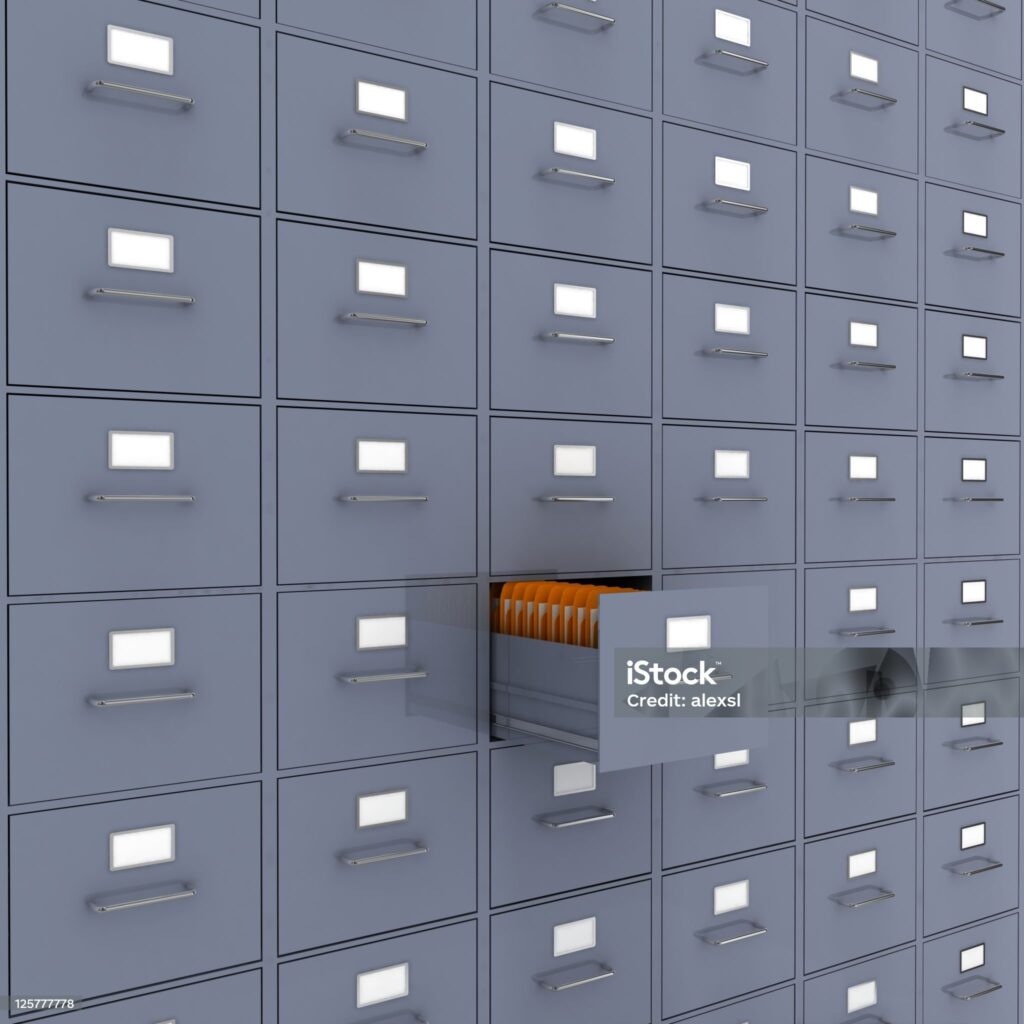Hey there, finance enthusiasts! Let’s talk about something that might sound boring at first glance but could turn into a real nightmare if ignored — your bank locker. In today’s fast-moving world of Finance, where digital payments, UPI limits, and investment portfolios get all the attention, it’s easy to forget that your good old locker at the bank still plays a big role in keeping your valuables safe.
But here’s a question worth asking — when was the last time you actually opened your locker?
If your answer is “umm… maybe a few years ago,” then stick with me. Because today we’re diving deep into the risks of inactive bank lockers in 2025, a topic that’s more relevant than ever thanks to the Reserve Bank of India’s updated locker regulations and the real-life chaos people face when neglect meets bureaucracy.

Understanding the Risks of Inactive Bank Lockers in 2025
So, what exactly happens when you let your locker gather dust? You might assume that as long as you’re paying the rent, your belongings are safe and sound behind that thick metal door. But here’s the catch — under the RBI’s revised 2023-2025 locker guidelines, inactivity can actually get your locker sealed, reclaimed, and even reallocated by the bank.
Sounds shocking, right?
Here’s how it works.
Banks are now more cautious about “inactive” or “unoperated” lockers due to security, insurance, and compliance reasons. According to the RBI’s updated Safe Deposit Locker Rules, if a locker remains unused for seven consecutive years, even if rent is paid, the bank has the right to terminate the agreement and open the locker in the presence of witnesses. The contents are then sealed, inventoried, and held safely — but here’s the tricky part — you might not even know this happened until it’s too late.
And if your contact details are outdated (which, let’s be honest, happens to a lot of us after changing numbers or addresses), those crucial notices might never reach you.
Why This Matters in Today’s Finance World
In 2025, banks have ramped up their digital vigilance. They’re stricter about KYC updates, biometric verification, and locker audits. While this helps reduce fraud, it also means that lockers not accessed or verified in years are treated as potential risk accounts.
Many people assume that as long as they’ve paid their locker fee, they’re safe — but that’s no longer true. Think of it like a gym membership you never use. The bank sees an inactive locker as a potential liability, not an asset.
A friend of mine once discovered this the hard way. His family’s locker hadn’t been touched in almost eight years — not because they forgot about it, but because they assumed “nothing could happen.” When they finally visited the branch, they were told the locker had been marked inactive and sealed as per protocol. The process of reclaiming their valuables involved weeks of paperwork, verification, and endless back-and-forth with the branch officials.
That’s when it hit me — the illusion of safety is often what gets us in trouble.
The RBI’s 2025 Locker Policy: What You Should Know
Let’s break down what the RBI’s latest guidelines (effective from January 1, 2023) mean for you today in 2025:
- Annual Locker Operation Is Key:
If you don’t operate your locker for more than seven years, it’s considered “unoperated.” The bank can terminate the contract and reassign the locker. - Mandatory Communication:
Before sealing or reallocating, the bank must attempt to reach you via email, SMS, and registered post. If you’ve changed your number or email and haven’t updated it — you might miss the notice entirely. - Inventory and Custody:
Once sealed, the locker’s contents are inventoried in the presence of a witness (usually two bank officials), and kept in safe custody for three years. After that, the items can be disposed of according to bank policy. - Compensation Clause:
If the bank mishandles your belongings, they are now liable for 100 times the annual rent of the locker. Sounds reassuring, but the burden of proof is on you — which means documentation and receipts are critical.
In short, the RBI wants banks to clean up dormant accounts and unused assets — but as customers, we need to stay vigilant to ensure our valuables aren’t caught in the crossfire.
How to Protect Yourself from Locker Inactivity Issues
Alright, let’s get practical. What can you do to ensure your locker stays active, compliant, and secure in 2025’s finance ecosystem?
Here’s a handy checklist:
- Visit your locker once a year: Even if you don’t need to add or remove anything, just opening it keeps it active.
- Keep your KYC and contact info updated: Banks rely on these details for every communication. A missed SMS or email can cost you dearly.
- Pay your locker rent on time: Many banks now auto-debit locker charges from your account, but double-check every year.
- Document your valuables: Keep a digital and physical inventory of what’s inside — this helps in case of disputes or insurance claims.
- Nominate a trusted person: In case of unforeseen events, your nominee should know about the locker and have the necessary access rights.
A Realistic Cautionary Tale
Let’s be honest — most of us open a locker with a burst of enthusiasm, fill it with family jewelry, important papers, or sentimental items, and then forget about it. Life gets busy. Years slip by.
Then one day, something prompts you to visit — maybe a wedding, maybe a major purchase — and you find out the locker doesn’t exist anymore. It’s a heart-sinking moment, and it happens more often than you’d think.
When I was researching for this post, I came across multiple 2024 RBI grievance cases where people discovered their lockers were sealed or reassigned. The underlying issue? Inactivity and outdated communication details.
In every story, the emotional and financial stress was avoidable — all it took was a little consistency and awareness.
How Technology Is Changing the Locker Game in 2025
Here’s something new — banks are going digital with locker management. In 2025, major banks like SBI, HDFC, and ICICI now offer e-locker notifications, biometric verification, and digital agreements to ensure traceability.
You can check your locker activity status through net banking or mobile apps, get alerts before rent dues, and even schedule visits online.
Some banks have also started insurance-linked lockers, where contents are covered under a limited-value policy — giving you a cushion against mishandling or disaster.
It’s Finance meeting technology — and honestly, it’s about time.
Why Neglecting Your Locker Could Hurt Beyond the Obvious
Neglecting your locker isn’t just about losing jewelry or documents. It’s about the emotional and financial cost that follows. Imagine spending years collecting heirlooms, only to discover they’re locked behind a bureaucratic wall.
Besides, locker access often plays a role in estate planning, taxation, and asset declaration. Inactive lockers can complicate inheritance claims and cause unnecessary friction among family members.
Think of your locker not just as a physical box — but as a small part of your financial ecosystem. Just like your SIPs, insurance renewals, or credit card bills, it needs regular attention.
Bringing It All Together: Stay Proactive, Stay Safe
So, what’s the takeaway here?
In today’s ever-evolving Finance landscape, where the RBI is tightening compliance norms and banks are automating customer monitoring, being proactive is your best shield.
A simple annual visit, a few minutes updating your details, and staying alert to communication from your bank can save you months — or even years — of stress later on.
Ask yourself this — When was the last time you checked your locker? If it’s been a while, maybe this weekend’s the right time to do it.
Because when it comes to the risks of inactive bank lockers in 2025, a little effort today could protect your peace of mind tomorrow.
Your Turn — Let’s Talk
Have you ever faced a locker issue or heard of someone struggling to reclaim their valuables? How often do you check your locker? I’d love to hear your thoughts and experiences — share them in the comments, and let’s make sure none of us fall into the same trap.

